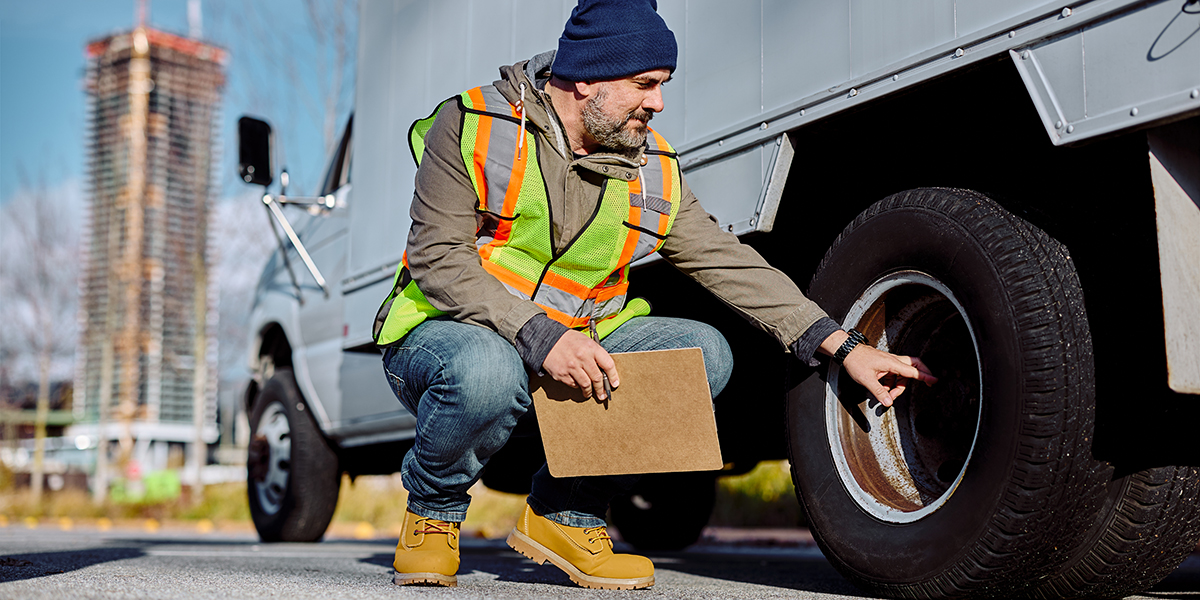What Do DOT Roadside Inspections Entail?

If you’re on the road, you might know that complying with the Department of Transportation’s regulations involves hours of paperwork and occasionally submitting to the department’s inspections. While truckers don’t necessarily look forward to such inspections, the practice is in place to preserve safety standards within the trucking industry.
The FMCSA compliance checklist can help you comply and stand a better chance of retaining your operating authority, but what else should you know about DOT roadside inspections? Read on for more from Federal Motor Carrier Authority Filings so that you can feel prepared for any surprise inspections.
What Are DOT Roadside Inspections?
A DOT roadside inspection comprises a mandated commercial vehicle inspection that a DOT officer performs. It may be a state patrol officer or a certified DOT representative who initiates this inspection. It might be routine or when the inspector observes a concern regarding your driving behavior or vehicle, like swerving or a tail light that doesn’t work.
The officer will then pull you over, state the type of road inspection they’ll conduct, and proceed.
What Are Roadside Inspections For?
Roadside inspections involve the DOT, Federal Motor Carrier Safety Administration, and Commercial Vehicle Safety Alliance. Each organization helps maintain safe roadways and deals with commercial vehicles.
The goal is overall road safety. Typically, these inspections take place to prevent massive commercial vehicles that weigh thousands of pounds from creating a danger, especially for fellow road users.
What Does a DOT Roadside Inspection Entail?
When a DOT officer conducts an inspection, they will choose one of the following locations:
- Weighing stations
- Truck stops
- Roadways
- Parking lots
Anywhere you can park your truck might be a potential inspection site. If so, conduct yourself in a calm, professional manner, answer all the officer’s questions, and provide the paperwork and licensure as requested.
You might leave with no consequences or receive a citation. An out-of-service requirement is also a possibility, depending on the infractions.
The Seven Levels of DOT Inspections (Levels I to VII)
Your DOT officer will inform you which of these seven levels of DOT inspections they’re conducting so that you understand what’s involved:
- Level I inspection: This check is the most common inspection for truck drivers and covers the entire vehicle, the driver, and paperwork.
- Level II inspection: The officer walks around the surrounding perimeter, checking to ensure your vehicle looks fine from the outside. They may also request to view your license and logs, including your record of duty status (RODS).
- Level III inspection: This check is the driver inspection covering your electronic logging device, RODS, commercial driver’s license, and other records. To check your ability to legally operate the vehicle, the officer may require tests (such as sobriety confirmation).
- Level IV inspection: This check inspects a single aspect of your vehicle at random. The purpose is to satisfy research requirements regarding that vehicle, not to respond to any error you’ve made.
- Level V inspection: This is a vehicle-only inspection. The inspector will request that you leave the premises while they check your truck for potential issues.
- Level VI inspection: This is an enhanced roadside inspection that targets vehicles hauling potentially hazardous materials. These contents fall under specific regulations and stricter DOT roadside inspections.
- Level VII inspection: This inspection addresses school buses, shuttles, and passenger transportation that don’t fall under traditional commercial vehicle categories.
Common Violations Found During Roadside Inspections
As a professional commercial driver, you will want to avoid out-of-service violations as much as possible.
Some of the most common OOS infractions include the following:
- The incorrect license to operate a commercial vehicle
- Driving six or more miles per hour above the legal speed limit
- False RODS reporting
- Disobeying your traffic control device
- Not wearing your seatbelt
Strictly adhering to all traffic laws on the road helps if you’re trying to avoid getting pulled over.
How to Pass a Roadside Inspection
Sometimes, even the most compliant drivers will face an impromptu roadside inspection.
What can you do to pass them?
- Inspect your vehicle on your own before and after a route. Self-inspections can seem monotonous, but they often uncover potential issues before you hit the road.
- Keep your physical paperwork organized and readily available. Update licenses, medical cards, and other permits when necessary. Keep them neatly in a folder.
- Streamline your filings and permits. A service like FMCA Filings’ DOT portal makes it simple to access and update the data you need at the touch of a button.
FMCA Filings—Compliance On and Off the Road
As a trucking professional, you have to keep up with a lot without throwing unexpected DOT roadside inspections into the mix. Why not simplify the process with easily accessed and filed permits from one place?
Learn more about other topics like DOT medical certification or browse FMCA Filings for other informative blog posts. Alternatively, chat with an agent online using our Live Chat feature.